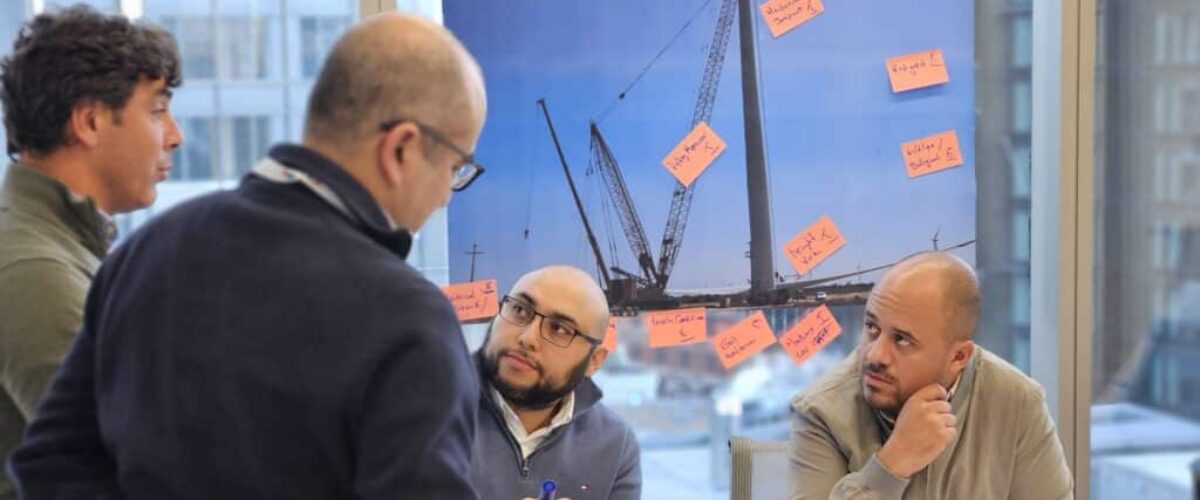Fifteen years ago, the wind industry stood on the brink of rapid expansion, but its skills base hadn’t yet caught up.
In 2010, RenewableUK (then the British Wind Energy Association) called for a sector-wide effort to standardise safety and management skills across the fast-growing renewables market. Wind energy was scaling fast, but every developer, OEM, and contractor spoke a different “language” when it came to managing risk.
That call became the seed for what would later evolve into the IOSH Managing Safely for Wind Power programme – developed to bridge the gap between health and safety theory and the complex, multi-stakeholder reality of renewable project delivery.
Since those early days, the industry and the programme have come a long way.
Today, nearly 3,000 professionals from more than 40 countries worldwide have completed the training. It’s been delivered to developers, OEMs, asset managers and operators across Europe, Asia, and the Americas, creating, at last, a shared language of safety and leadership across the sector.
We’ve seen delegates who took part a decade ago now leading multi-gigawatt portfolios. We’ve seen careers accelerate, people move across continents, and organisations mature their management systems, contractor selection processes, and safety culture. In many cases, the programme has been the quiet but powerful thread linking these evolutions together.
The feedback has been consistent and deeply personal. Delegates describe the course as
“a rich and compelling re-education in how our approach to managing and delivering wind projects can and must result in a safer environment for everyone” (Equitix).
Others highlight its practical impact:
“It helps increase efficiency, productivity and ultimately the bottom line by prioritising proper planning from start to finish” (Vestas).
This growth is international. Wind Energy Ireland has adopted and co-funded the programme to strengthen competence in its own fast-expanding market since 2013, a sign that harmonised safety leadership is an international priority.
Now in its seventh revision, the course continues to evolve alongside the industry, reflecting new standards, practices, and lessons from the field. The latest edition places greater emphasis on the application of learning, ensuring that participants not only understand principles but also integrate them into real-world decisions, projects, and team environments.
What began as a response to fragmented standards has become a framework for leadership, alignment, and consistency across the asset lifecycle.
The conversations have also moved upstream: today, developers are seeking the same level of rigour and foresight in the earlier stages of project development, where the biggest safety and cost decisions are made.
Fifteen years on, as the global wind sector stands on the cusp of the next wave of growth, the need that drove the programme’s creation remains as vital as ever, but its impact is now unmistakable.
What started as a call to standardise skills has become a movement to professionalise the industry, nurture careers, and embed safety as a measure of good management, not mere compliance.
Discover the programme that has shaped safety leadership across the global wind sector.
👉 Explore the IOSH Managing Safely for Wind Power course






